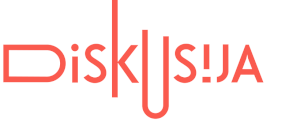Lithuanian translation services
Lithuanian translation services that Diskusija offers
Our company and Lithuanian translation go way back – to 1993 in fact, when we were first finding our feet as a translation company in Lithuania. At the time, we were focused solely on providing Lithuanian translation services. Now, more than 25 years later, we’ve come a long way since those early days – we’ve gained a vast amount of experience and built up a fine team of Lithuanian translators who are able to work on complex projects across a broad range of industries.
Like any other language, Lithuanian has its peculiarities, but you can trust us to navigate them with expert precision when handling your Lithuanian translation projects.
We primarily translate into Lithuanian in the following combinations:
- English to Lithuanian
- German to Lithuanian
- French to Lithuanian
- Russian to Lithuanian
- Polish to Lithuanian
Don’t see the language you need listed? Not to worry! Feel free to get in touch regarding any language combination involving translation to or from Lithuanian.
We translate more than half a million words into Lithuanian every month. If you’ve got a project for us, we’ve got the capacity and skill to get it done.





